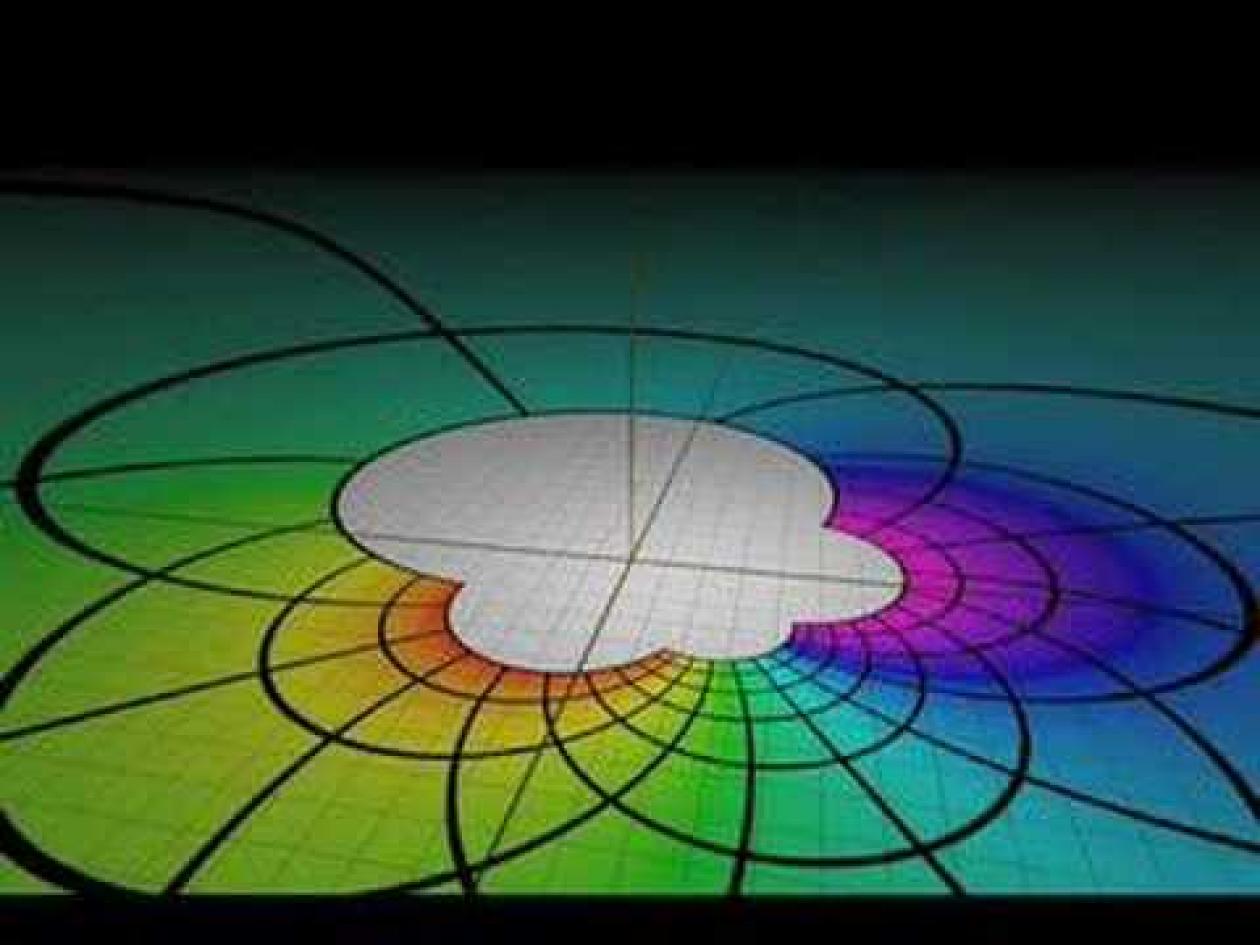
Möbius Transformations
Senior Seminar – Spring ‘08
Please note that the following files are PDF files; therefore, you will need the free adobe acrobat reader in order to be able to view these files. If you do not have this application, you can download it for free here. If you’re not sure, try it out, and see if it works.
Abstract
This following delves into properties of Möbius transformations, which are complex functions of the form $T(z)=\frac{az+b}{cz+d}$, for all complex numbers $z$ and for specific complex numbers $a, b, c,$ and $d$. In order to discuss these intriguing functions with any depth, it is important to begin with a general overview of the complex plane. In that same vein, it is important to give specific definitions as a starting point in the discussion. Similarly, it is important to develop both the geometric and algebraic interpretations of what Möbius transformations do. A few important properties of Möbius transformations will then be described beginning with the claim that every Möbius transformation can be expressed as a composition of translations, inversions, and dilations. In addition, a few important properties of Möbius transformations will be discussed (e.g. the circle preserving property.) The true beauty of Möbius transformations, however, can be seen when one examines the behaviour of the Riemannian Sphere $(S^2,)$ where it can be shown that Möbius transformations can be described as rigid transformations of the sphere. This can be done using two stereographic projections. First, a stereographic projection is used to project the complex plane onto the sphere. Then, a rigid circle preserving transformation is performed on the sphere, followed by a second stereographic projection back onto the complex plane. This argument will be presented by integrating both algebraic and geometric arguments to classify all of the rigid transformations of the unit sphere.